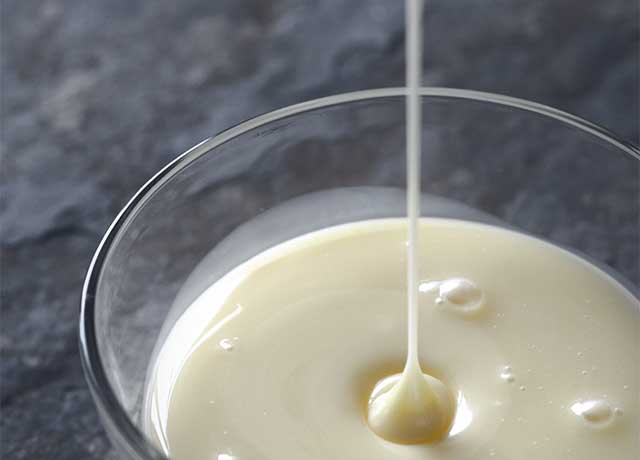Assessing product properties for optimal heat exchanger performance

In every situation where a heat exchanger is required, the combination of products and service fluids, application, temperature and other variables will be different. Understanding these properties ensures the correct heat exchanger is supplied.
For example, high fouling materials may require a scraped-surface unit. Having adequate information will also ensure that the heat exchange process does not alter the characteristics of the material; particularly important in the case of food or drink.
The key aspects of product analysis
The key aspects of product analysis are studying viscosity and flow behaviors; the study of which is known as rheology. Some of the key measurements include:
- Viscosity
- Density
- Shear behavior
- Thermal behavior (e.g. specific heat, latent heat and thermal conductivity)
To ensure the correct heat exchanger is specified, it is recommended that the following measurements are also taken to model the product’s behavior and calculate key parameters:
- Apparent viscosity (the viscosity at a quoted shear rate)
- Heat transfer coefficient (the rate of heat transfer per unit area and unit temperature difference)
- Flow type at different conditions (i.e. whether the product displays smooth laminar flow or turbulent flow)
- Yield stress (the stress which must be applied to initiate flow of the material)
The way in which a product shears is also important and can determine the best type of equipment to prevent (or encourage) shearing during processing. The basic type of material will also be a key consideration – for example, whether the product is a gel, liquid, emulsion, suspension or other.
How are these parameters assessed?
HRS uses specialist laboratories to perform a range of tests. One key piece of equipment used is a rheometer; which measures the way in which a liquid, suspension or slurry flows in response to applied forces.
It is also important to determine key thermal limits for many food products. These include:
- Protein denature temperature: The temperature at which proteins in the product are denatured can also be tested and can be useful in processes like liquid egg pasteurization, where being 33.8ºF over temperature can result in scrambled, rather than liquid, eggs.
- Starch activation temperature: Once the product has reached this critical temperature, its viscosity increases rapidly.
- Maillard reaction: This is a chemical reaction which results in food browning, often providing a distinctive flavor. Almost all food is pasteurized, but understanding the temperature at which the Maillard reaction occurs means you can ensure that the required taste is preserved.
Another measurement which relates to the potential effects of processing is how (or if) the viscosity and structure of the product recovers after processing; a property known as thixotropy. Specific methods for assessing this, such as the ‘viscometric 3-step thixotropy test’ have been developed.
How is the information used?
Once key parameters are known, they can be used to select the best type of heat exchanger – for example, ccorrugated tubes can deliver heat transfer benefits in products, even below Reynolds number of 2100, where normally lays he onset of turbulent flow for smooth tubes.

The measurements allow designers to use software to calculate additional information required for the design, but which cannot be directly measured in the laboratory. Some of these calculated values include:
- Heat transfer coefficient
- Flow type
- Nusselt number (Nu): The ratio of convective heat transfer to heat transfer by conduction in the fluid. Higher Nusselt numbers represent effective heat transfer.
- Prandtl number (Pr): The ratio of momentum diffusivity to the thermal diffusivity, representing the ratio of heat transfer to fluid motion.
- Reynolds number (Re): The ratio between the fluid’s dynamic forces and viscous drag forces. Value indicates the flow regime, i.e. whether the flow can be described as laminar, transitional, or turbulent.
The various properties of the product are then entered into design and modelling software which uses computational fluid dynamics (CFD) to predict and study the flow of the product through the heat exchanger, and the thermal changes which occur.
The more information the manufacturer has on the physical properties of the materials involved, the more accurate the design of the heat exchanger will be. Our engineers and designers can adjust the design of the heat exchanger until the optimal combination of efficiency, productivity and cost is achieved, before making any recommendation to the client.